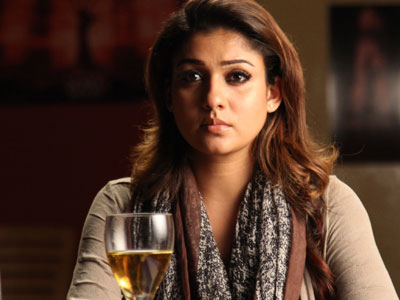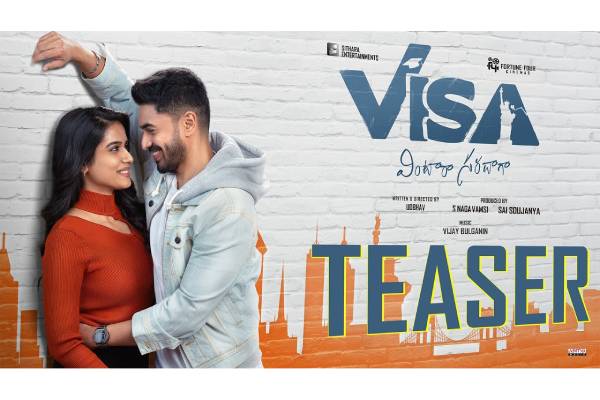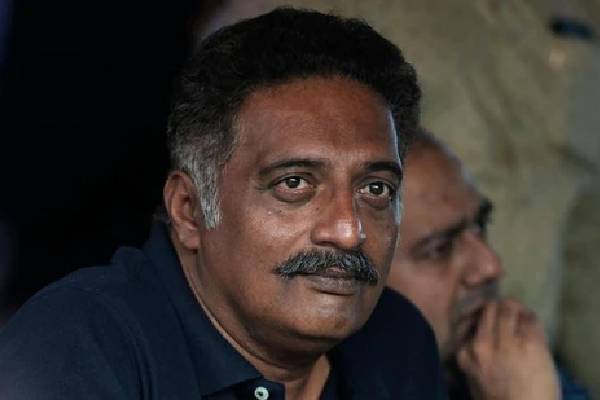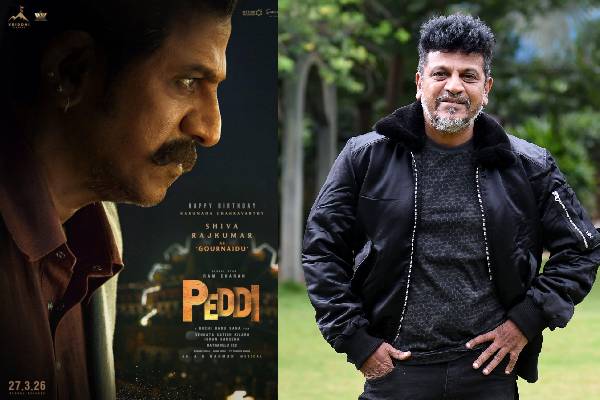Mayuri movie
-
“Mayuri” : A gripping horror film September 20, 2015

Latest

Will there be a bye-election to Goshamahal?

VISA Teaser Promises Laughter, Love & Life Lessons Abroad

Prakash Raj slams PK again over ‘Hindi’ row

Huge Demand for OG Theatrical Rights

Shivaraj Kumar as Gournaidu in ‘Peddi’

Despite flops, Shankar reviving his dream project

Kuberaa set for an early OTT release

